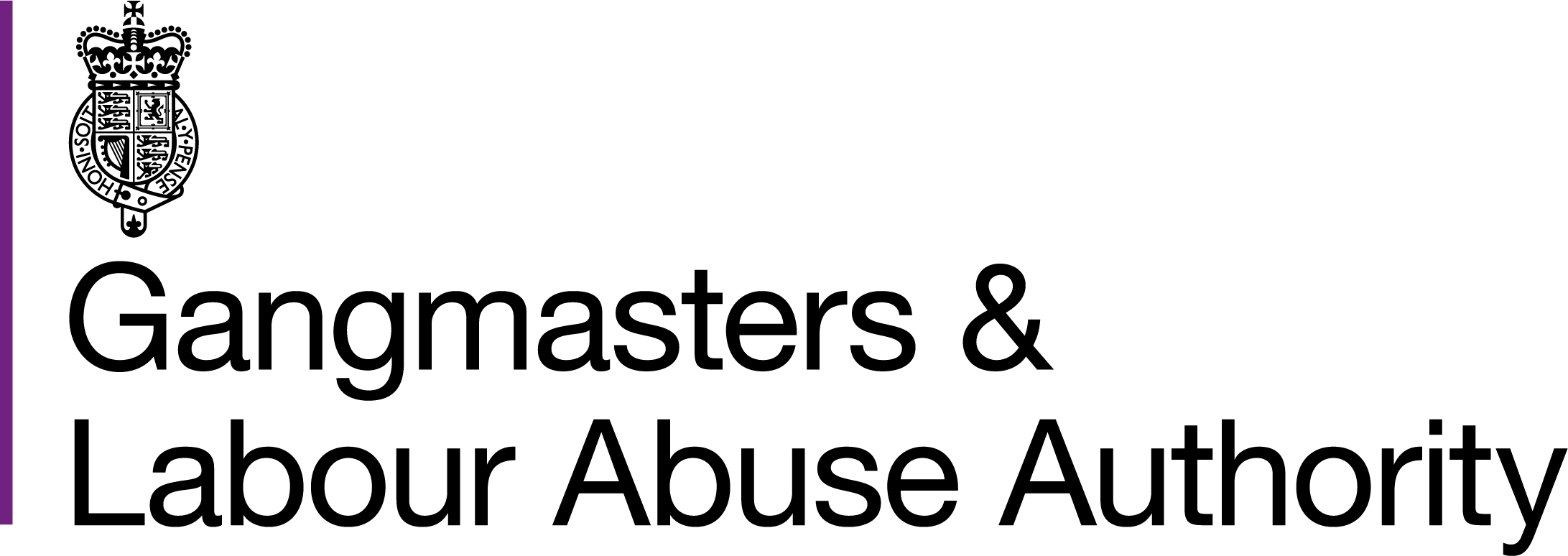GLAA receives strong support in construction survey
20th July 2021
The Gangmasters and Labour Abuse Authority (GLAA) is effective at promoting employment rights to vulnerable workers in the construction sector, a recent survey has revealed.
More than 80% of respondents to a GLAA survey sent to members of its Construction Protocol also said that the authority has been successful in influencing businesses to identify and prevent exploitation within their supply chains.
The GLAA asked all signatories to complete a short online survey to understand how members have benefited from participating in the protocol.
The results revealed:
• 82% think the GLAA is effective in promoting employment rights to workers at risk of labour exploitation
• 85% believe the GLAA has been effective in influencing businesses to identify and prevent exploitation in their supply chains
• 75% said they use GLAA resources in their business
• 54% said the GLAA partnership bulletin was the most useful resource
• 63% have introduced training and awareness campaigns since joining the protocol
• Wage payment issues were the top labour exploitation issue respondents found in supply chains over the last 12 months, followed by right to work checks and overtime discrepancies
Almost 250 organisations have signed up to the protocol since it was launched in October 2017, with 72 of the signatories responding to the survey.
Members have pledged to work in partnership with the GLAA to protect vulnerable and exploited workers, agreed to the sharing of information to help stop or prevent exploitation and have committed to raise awareness of slavery through supply chains.
GLAA Head of Prevention and Partnerships Frank Hanson said: “These are encouraging results in what has been an unprecedented year for the industry in meeting the challenges of COVID-19.
“It’s really positive to see the continued appetite from some of the leading construction firms in the UK to work with us in protecting vulnerable workers and tackling labour exploitation in supply chains.
“We’ll be looking at how we can build on the work done by the protocol so far and explore how it can become more sector-owned and managed through greater input from signatories, increased collaboration, and strengthening membership requirements.”
Find the full results on the Construction protocol page.
